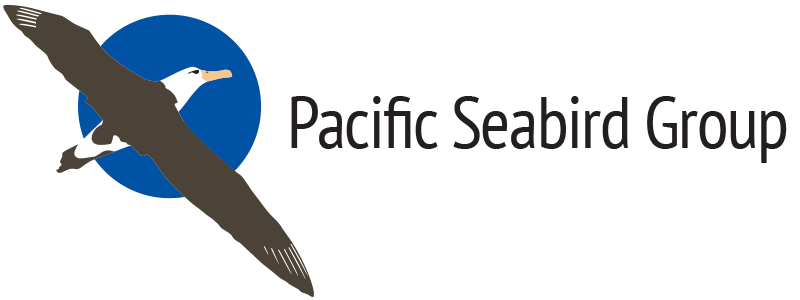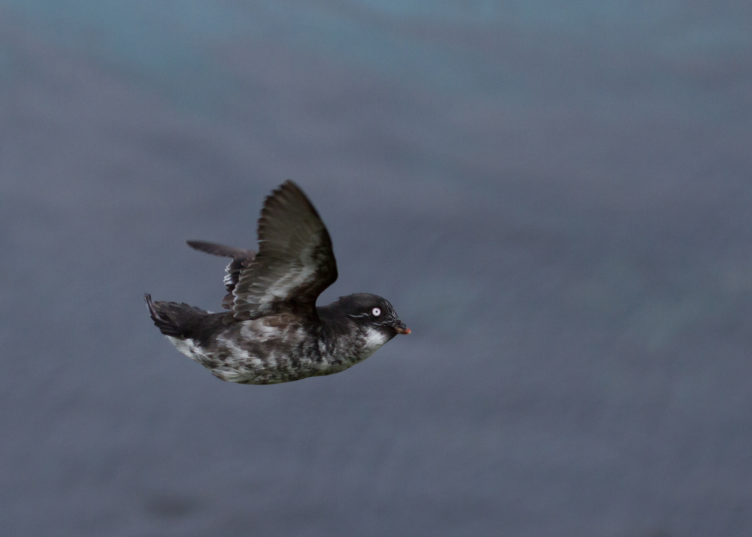Young et al. (2024)
Author Information
Lindsay Young, Eric VanderWerf, Robby Kohley, Erika Dittmar, Dave Hanna, Dylan Blanchard, Lauren Pederson: Pacific Rim Conservation
Pacific Rim Conservation 2023 Annual Summary
In 2023 Pacific Rim Conservation (PRC) continued with our long-term seabird monitoring and conservation programs across Hawaii and Mexico. We conducted monitoring of 11 seabird species across Kauai and Oahu to determine the outcomes of various conservation interventions and to research the demography of these populations. In 2023 this resulted in the monitoring of over 14,271 nests (181 Laysan Albatross (Phoebastria immutabilis), 13,999 Wedge-tailed Shearwater (Ardenna pacifica), 215 Red-tailed Tropicbird (Phaethon rubricauda), 2 White-tailed tropicbird (Phaethon lepturus), 19 Bonin Petrel (Pterodroma hypoleuca), 5 Tristram’s Storm-petrel (Hydrobates tristrami) and 300 Red-footed Booby (Sula sula)). 2023 marked the fourth year of translocations of Black-footed Albatrosses (Phoebastria nigripes) from Midway Atoll to Isla Guadalupe in Mexico; we moved 36 eggs, of which three survived to fledge for a total of 93 chicks fledged from Guadalupe since translocations began in 2021. At James Campbell National Wildlife Refuge (NWR) on Oahu, four seabird species (Bonin Petrel, Laysan Albatross, Tristram’s Storm-petrel, and Wedge-tailed Shearwater) nested on the refuge in 2023—all were as a result of either translocation or social attraction. When the project began in 2016, there were no nesting seabirds on the refuge. Long-term monitoring of Laysan Albatross continued on Oahu at Kaena Point and Kuaokala, and acoustic monitoring for Newell’s Shearwaters (Puffinus newelli) and Hawaiian Petrels (Pterodroma sandwichensis) also continued island wide. Our long-term Red-tailed Tropicbird monitoring continued at Halona Point, but the season was cut short by almost complete reproductive failure as a result of the arrival of a new feral cat colony nearby. On Kauai, with our partners at Kilauea Point NWR and Pono Pacific, we completed the longest predator exclusion fence to date in the USA at more than two miles in length and protecting more than 170 acres of seabird habitat. With the predator eradication underway, we hope that the eight breeding seabird species will be able to increase once they are released from predation. Within Nihoku (the translocation site at Kilauea Point) there were a record three Hawaiian Petrel nests (one of which fledged a chick) and one prospecting pair of Newell’s Shearwaters. Acoustic attraction of both species is also being conducted at several montane locations on Kauai where we completed predator exclusion fences in previous years. Finally, in 2023 we published seven peer-reviewed papers, including the much-anticipated summary of the global seabird restoration database (www.seabirddatabase.org). All of our publications, including a more detailed version of the annual report summarized above, can be found at www.pacificrimconservation.org/publications/.






